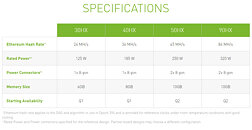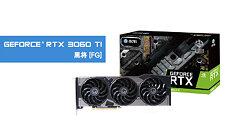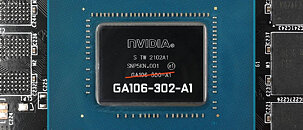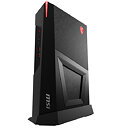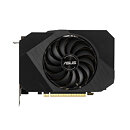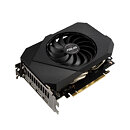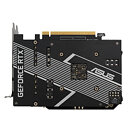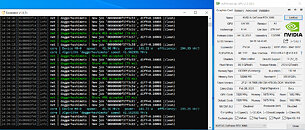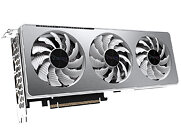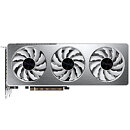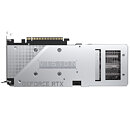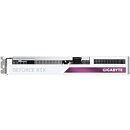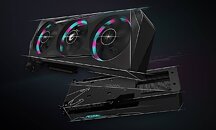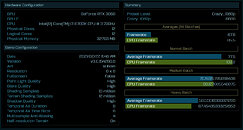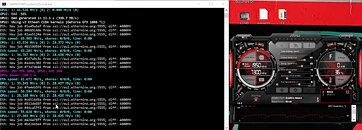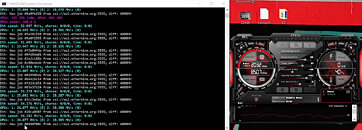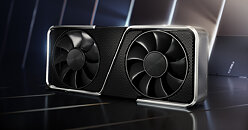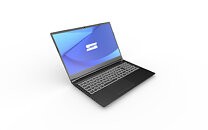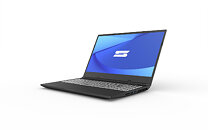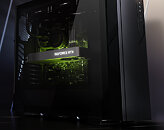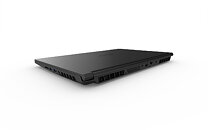This is a big one: NVIDIA has officially announced a new family of products specifically designed to satiate the demand coming from cryptocurrency mining workloads and farms. At the same time, the company has announced that the RTX 3060 launch driver will include software limitations for cryptocurrency mining workloads specifically correlated with Ethereum mining, essentially halving the maximum theoretical hashrate that could be achieved from a purely hardware perspective. The new family of products, termed CMP (Crypto Mining Processor) series, will see its products under the HX branding, and will be available in four different tiers: 30HX, 40HX, 50HX and 90HX. These products will not have any display outputs, and therefore are not applicable for gaming scenarios.
NVIDIA's stance here is that their new product will bring some justice in the overall distribution of its GeForce graphics cards, which are marketed and meant for gaming workloads. The new cryptocurrency-geared series will be distributed by NVIDIA authorized partners in the form of ASUS, Colorful, EVGA, Gigabyte, MSI, Palit, and PC Partner (more may be added down the line). There is currently no information on what silicon actually powers these graphics cards; and of course, the success of this enterprise depends on A) the driver restrictions not being limited to the RTX 3060 graphics card - it isn't clear from NVIDIA's press release if other RTX 30-series graphics cards will see the same performance cap. Even if NVIDIA did release those drivers, however, cryptocurrency miners would just opt to, well, not update them. So it is possible that NVIDIA will release a revision of the RTX 3090, RTX 3080, RTX 3070 and RTX 3060 Ti with silicon enhancements that will only work with the latest GeForce drivers - after allowing the channels to move all of their existing, cryptocurrency-enabled stock.

